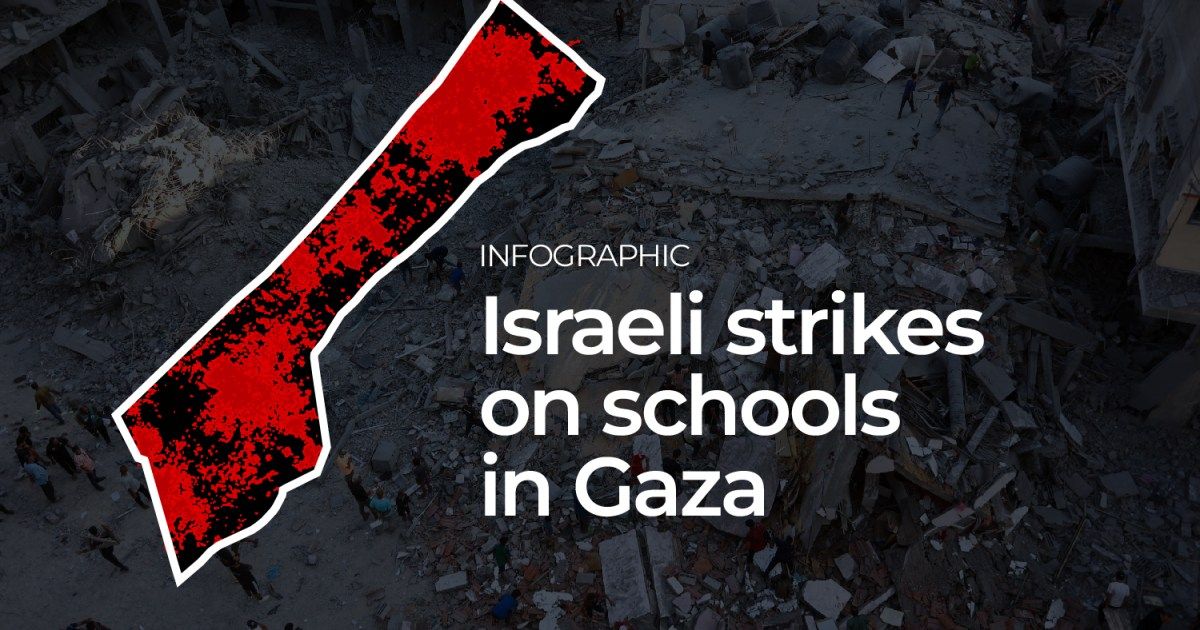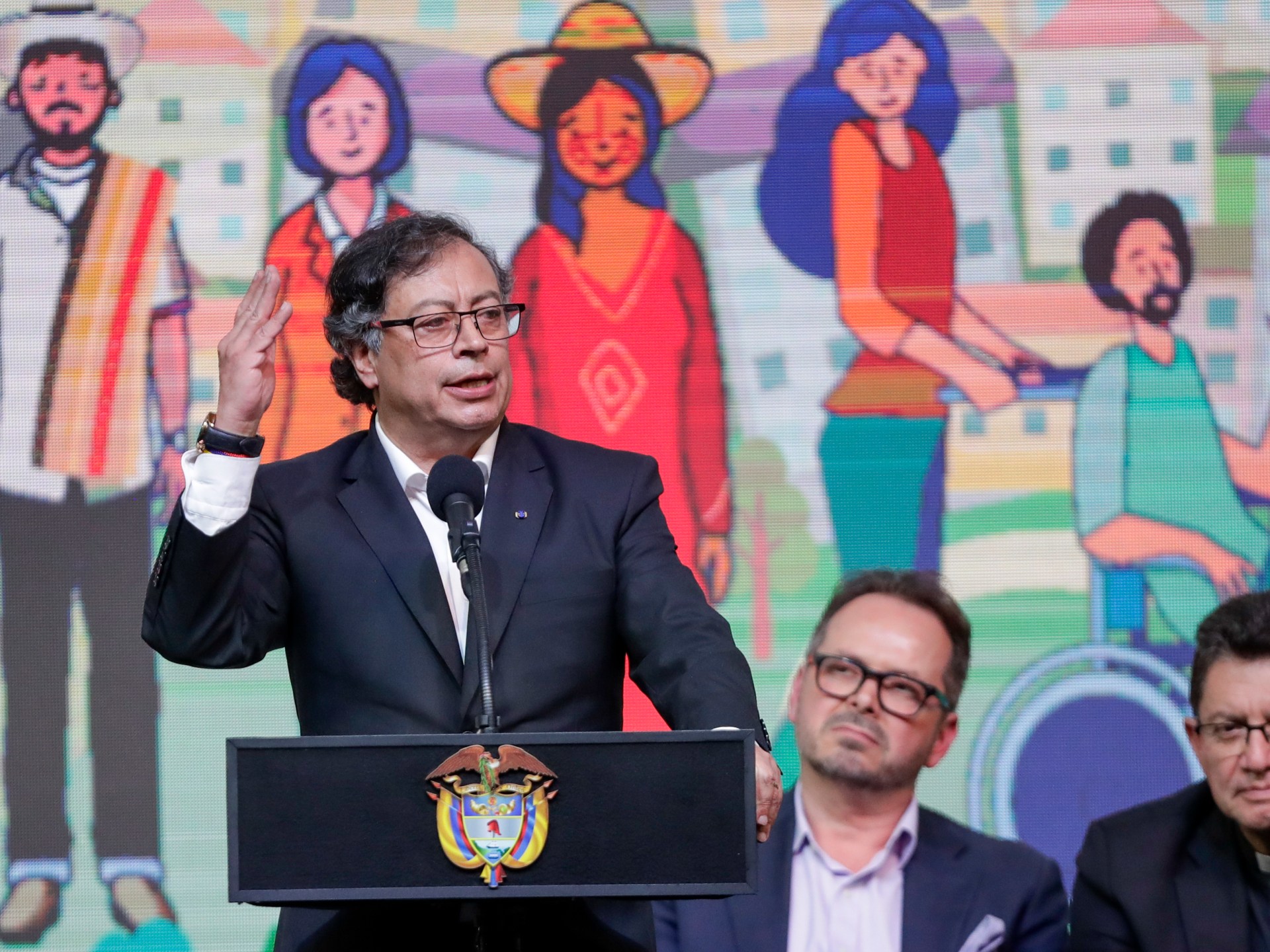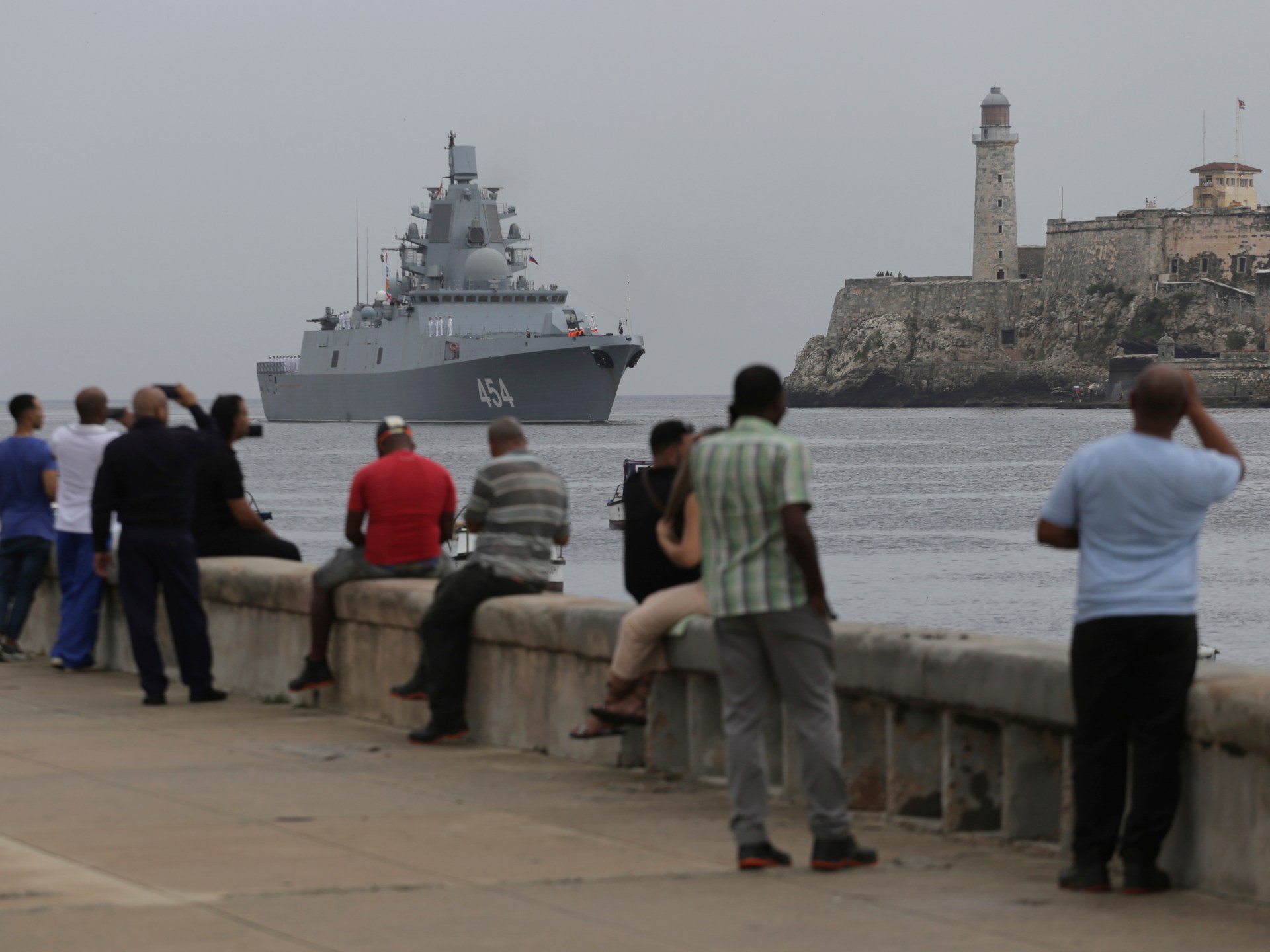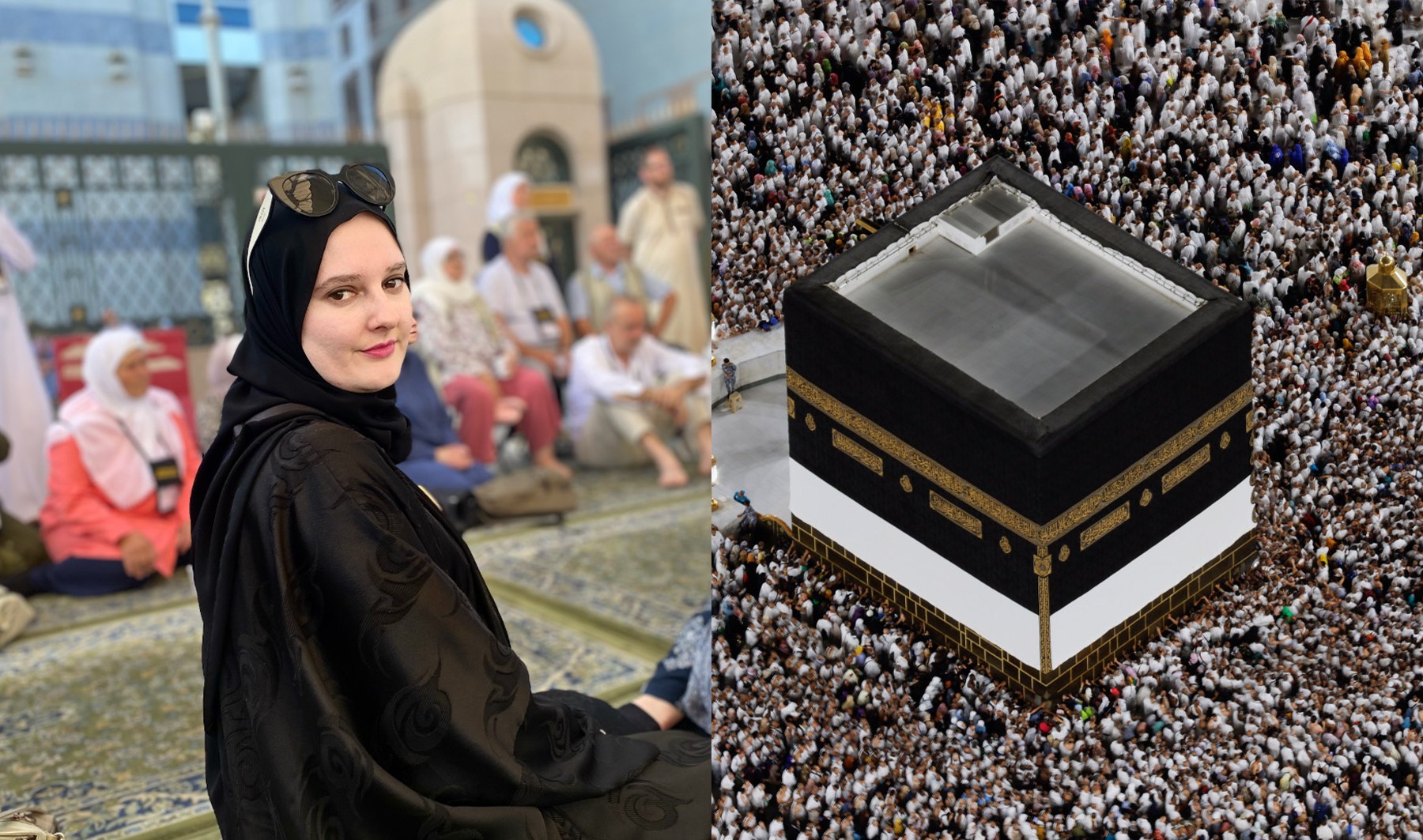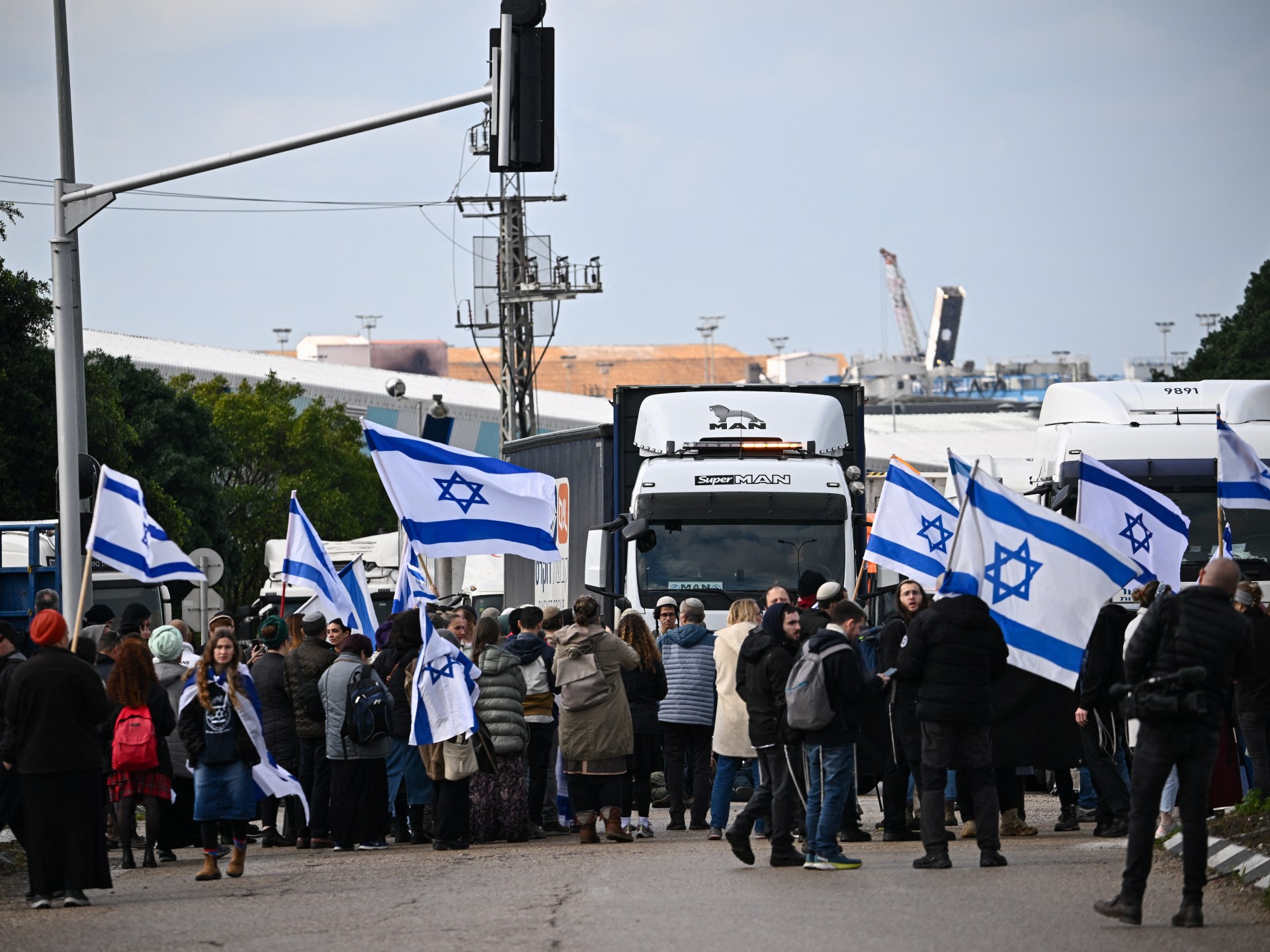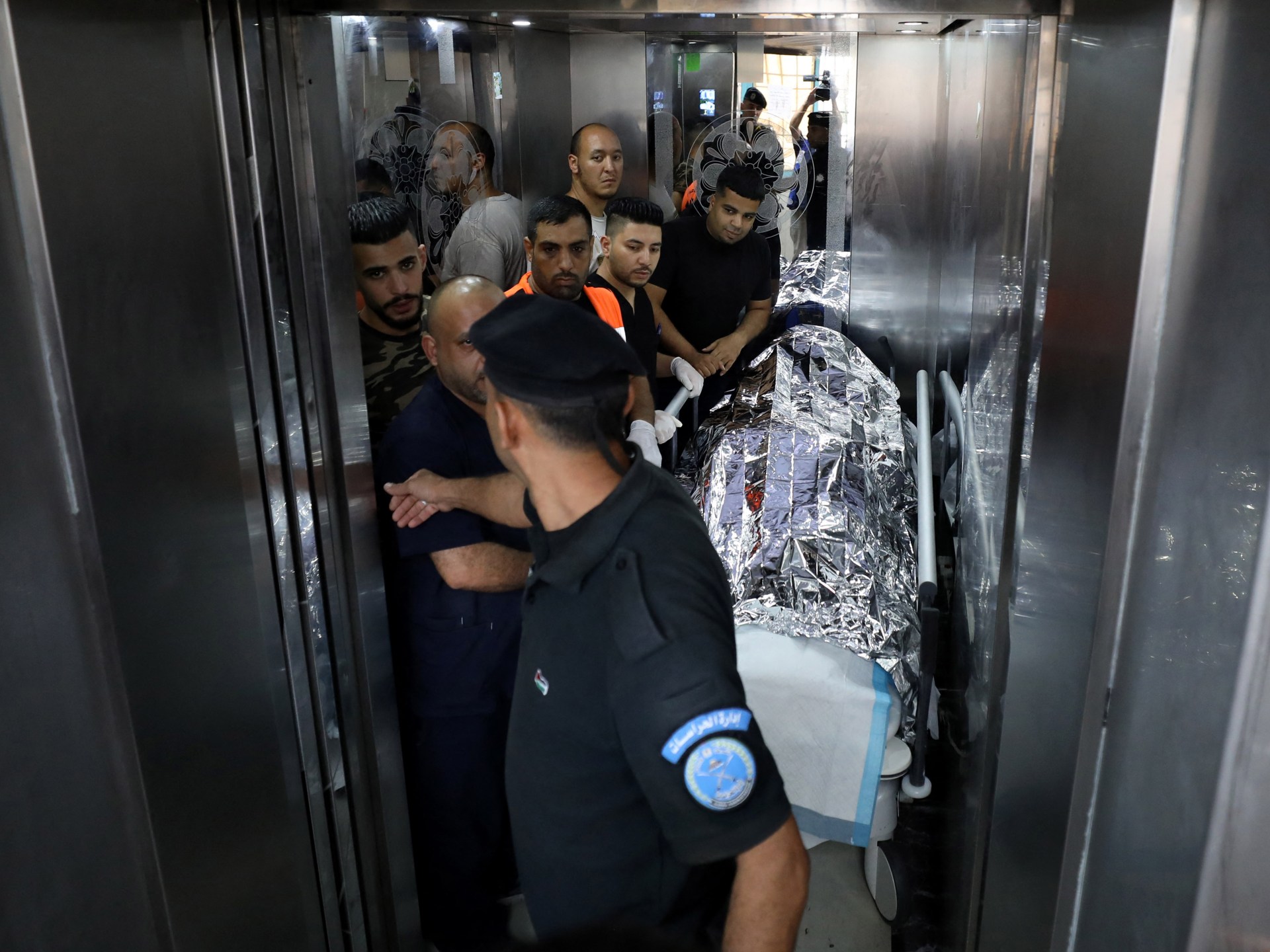Last week, more than 100 people were killed after Israel attacked a school in Gaza City housing displaced Palestinians, while the United Nations accused Israel of stepping up attacks on schools.
The attack on the Al-Talbin school on Saturday during dawn prayers sparked global outrage.
Paramedics at the scene described the carnage as horrific, with “mangled bodies.” Israel claimed Hamas and Palestinian Islamic Jihad fighters were operating from the school, a claim Hamas denied.
Israel has repeatedly attacked Gaza schools, hospitals and universities, claiming the buildings were used for military purposes without providing any evidence.
With numerous evacuation orders in place since the Gaza war began on October 7, schools have often been used to shelter nearly two million displaced Palestinians in the besieged enclave.
Under the Fourth Geneva Convention, schools are considered civilian objects and must be protected from attack. However, over a ten-day period in August, Israeli forces attacked five schools in Gaza City, killing more than 179 people and injuring many more.
Where did school attacks occur in August?
At least 15 people were killed and more than 29 wounded in an Israeli attack on the Dalal al-Mughrabi school on August 1, officials said.
Two days later, attacks on schools in Hamama and al-Huda killed 17 people and left more than 60 injured.
On August 4, at least 30 people were killed and 19 others injured after Israel attacked the Nassr and Hassan Salameh schools in the Nassr neighborhood of Gaza City.
Israel bombed the Abdul Fattah Hamouda and Az-Zahra schools, killing 17 people and wounding dozens more on August 8.
The worst attack in recent weeks was against the Al-Tabin school, which according to Al Jazeera's Hind Khoudary was hit by at least three rocket attacks.
UN Special Rapporteur on the Occupied Palestinian Territories Francesca Albanese condemned the attack.
“Israel is committing genocide against Palestinians, one neighborhood at a time, one hospital at a time, one school at a time, one refugee camp at a time, one ‘safe zone’ at a time. With American and European weapons,” he posted on X.

Previous Israeli attacks on schools
In July, a similar campaign targeting school shelters across the Gaza Strip killed nearly 50 people in a week.

Nearly 85 percent of Gaza’s school buildings have been damaged, with almost all schools in northern Gaza “directly hit” or damaged. Next in line is Gaza City, where more than 90 percent of schools have been damaged or destroyed.
According to data compiled by the United Nations Children's Fund (UNICEF), as of 6 July, 564 schools in the Gaza Strip have been targeted or directly damaged by Israeli strikes.
- In northern Gaza, 95 school buildings have been damaged or destroyed.
- In Gaza City, 208 school buildings were damaged or directly hit.
- Deir el-Balah, which has been part of the designated safe zones in recent weeks, has seen 70 school buildings attacked.
- In Khan Younis, where a population of 75,000 people was forced to flee days ago, 125 school buildings were directly hit and damaged.
- In Rafah, 66 school buildings were hit or directly damaged.

Are attacks on schools in Gaza increasing?
Israeli forces are increasingly targeting school shelters housing thousands of people displaced by the war.
According to data compiled by UNICEF, the number of schools directly affected has increased fivefold since November, from 60 to almost 340.
The total number of children killed during the war has risen to more than 16,500, while the total death toll in Gaza stands at nearly 40,000.

The growing number of attacks on school shelters comes amid global calls for a ceasefire and regional pressure to end the assault on Gaza, which has become a vast wasteland of rubble.

But experts have said continued Israeli attacks on Gaza risk derailing those efforts, with some accusing Israeli Prime Minister Benjamin Netanyahu of trying to sabotage any potential deal to end the war.
Furthermore, analysts have told Al Jazeera that the Israeli military strategically uses disproportionate violence.
“The Israeli military has failed to free the hostages or deal a ‘death blow’ to Hamas,” said Tariq Kenney-Shawa, a member of Al-Shabaka, a Palestinian political network, noting that “massive attacks… give the Israeli government and military something to point to as a ‘victory’ if they result in the deaths of Hamas leaders and large numbers of civilians because it fits into Israel’s broader strategy of deterrence through unprecedented destruction.”

